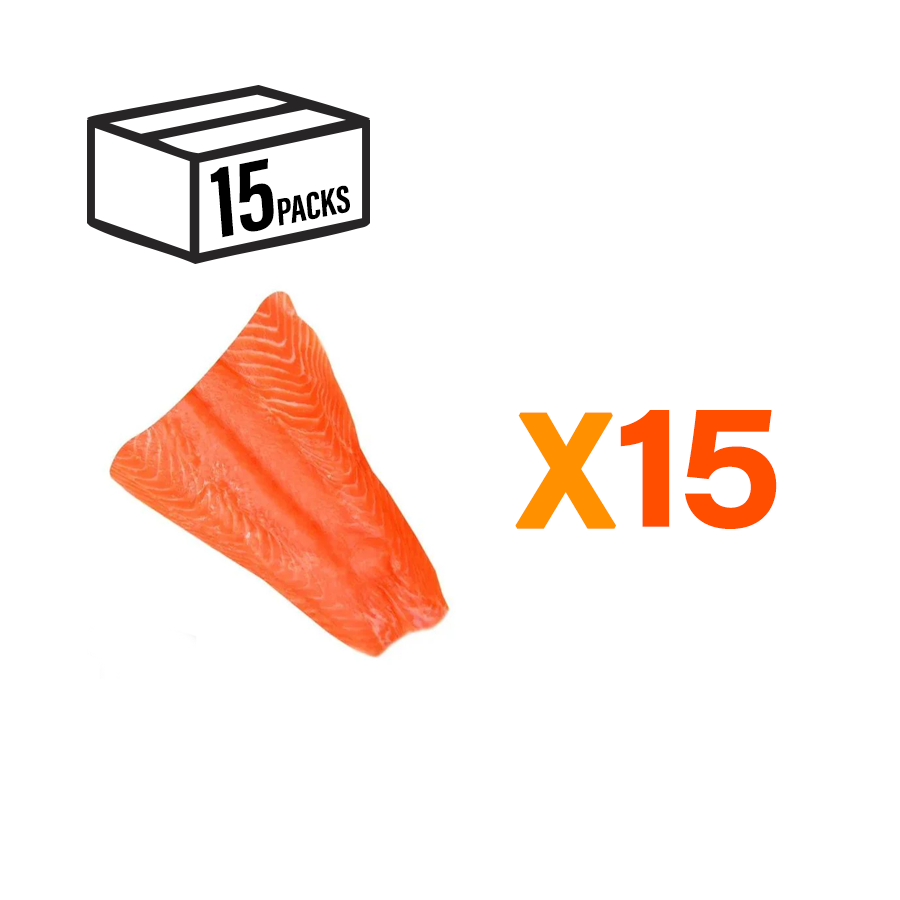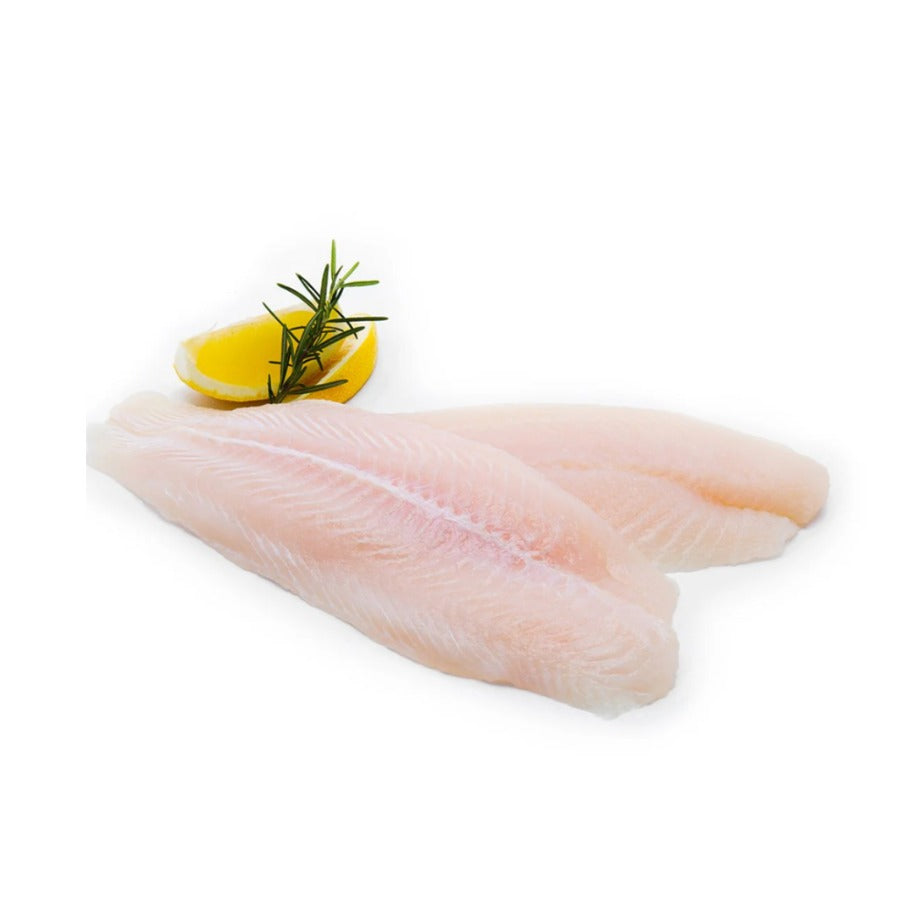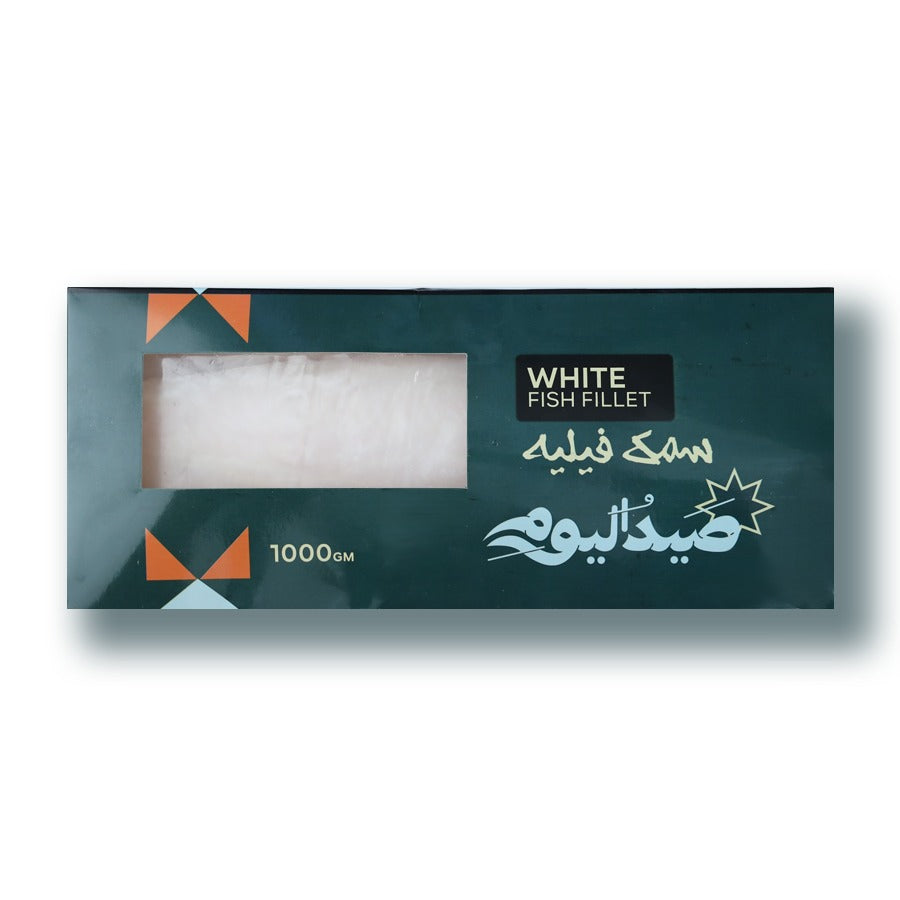كيفية طهي الروبيان للحصول على أقصى قدر من التغذية
يُعدّ الروبيان من أصحّ خيارات المأكولات البحرية وأكثرها تنوعًا التي يُمكنك إضافتها إلى نظامك الغذائي. فهو منخفض السعرات الحرارية، وغني بالبروتين الخالي من الدهون، وغني بالعناصر الغذائية الأساسية مثل فيتامين ب12 والسيلينيوم واليود. ولكن للاستفادة الكاملة من فوائد الروبيان الصحية، فإن طريقة طهيه مهمة.
سنقوم بتفصيل أفضل طرق طهي الجمبري لمساعدتك في الحفاظ على قيمته الغذائية - مع الحفاظ عليه لذيذًا ومرضيًا.
اختر الروبيان عالي الجودة
ابدأ باستخدام روبيان عالي الجودة مُجمد سريعًا للحفاظ على نضارته. هذه العملية تُحافظ على العناصر الغذائية وتضمن مذاقًا رائعًا، حتى لو لم يكن الروبيان طازجًا. ابحث عن خيارات تحتوي على أقل قدر من المكونات المضافة - خالية من الصوديوم والمواد الحافظة غير الضرورية - للحفاظ على طبقك نظيفًا ومغذيًا قدر الإمكان.
تجنب القلي العميق

قد يكون قلي الروبيان لذيذًا، لكنه يضيف سعرات حرارية غير ضرورية، ودهونًا مشبعة، وقد يُفقده بعضًا من عناصره الغذائية الطبيعية. إذا كنت ترغب في وجبة صحية للقلب، فمن الأفضل تجنب القلي.
أفضل الطرق الصحية لطهي الروبيان
تبخير
يُعدّ الطهي على البخار من أفضل الطرق للحفاظ على الفيتامينات والمعادن في الروبيان. فهو سريع وسهل ولا يتطلب إضافة أي دهون. ما عليك سوى وضع الروبيان في سلة طهي بالبخار وطهيه لمدة 3-5 دقائق حتى يصبح لونه ورديًا ومتماسكًا قليلًا.
غليان
سلق الروبيان طريقة بسيطة أخرى تُقلل السعرات الحرارية. لتجنب فقدان نكهته، اغليه في ماء مُنكّه بالأعشاب أو الليمون أو الثوم. تجنّب مكعبات المرق المملحة، فالنكهة الطبيعية هي الحل الأمثل.
الشواء أو الشواء
هذه الطرق عالية الحرارة ممتازة للحفاظ على النكهة دون إضافة دهون إضافية. انقع الروبيان في زيت الزيتون والليمون والأعشاب قبل الشوي لمزيد من النكهة والفوائد الصحية. اشوي لمدة دقيقتين إلى ثلاث دقائق على كل جانب، حتى يتحول لونه إلى الوردي ويتجعد قليلاً.
القلي باستخدام الزيوت الصحية
إذا كنت تفضل طهي الروبيان في المقلاة، فإن قلي الروبيان بزيت الزيتون خيار رائع. استخدم كمية قليلة - تكفي لتغطية المقلاة فقط - واطبخه على نار متوسطة حتى ينضج الروبيان. هذه الطريقة تُضيف دهونًا صحية وتُحسّن النكهة دون المساس بالقيمة الغذائية.
لا تطبخ أكثر من اللازم

يُطهى الروبيان بسرعة، عادةً في دقائق معدودة. قد يؤدي الإفراط في الطهي إلى قوام مطاطي وفقدان بعض العناصر الغذائية. الروبيان المطهو جيدًا يكون وردي اللون، وصلبًا بعض الشيء، ويتجعد على شكل حرف C. إذا كان التجعد شديدًا جدًا على شكل حرف O، فمن المرجح أنه قد تم طهيه أكثر من اللازم.










